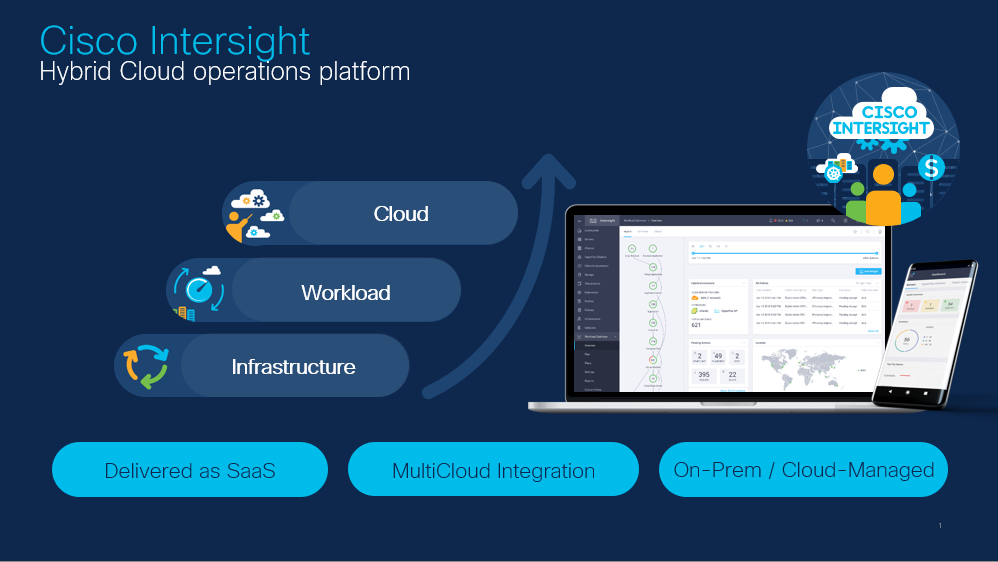The technology stack used by enterprises to address their business needs is more complex than ever and changing faster than ever.
Many years ago, the technology world used to be comparatively simple. You bought a product to perform a specific function. It came with its own user interface and provided a certain user experience. Products competed against each other based on ease of use, functionality and stability as major purchasing criteria. The product’s lifecycle and the connections it had to the rest of the ecosystem was diligently managed. Many a times, these products were management systems for other entities. The lifecycle of these management systems needed to be managed as well.
In today’s world, the need to integrate technology faster to tackle larger and complex problem sets is steeper than ever. Integration is the operative word in technology, and it is made possible by the application programming interfaces between products. In other words, the API is the new UI.
The legendary Jeff Bezos API mandate in 2002 that required every Amazon technology team to expose their data and functionality through service interfaces and communicate with, setup Amazon to become a highly agile and, more importantly, re-programmable enterprise that could enter new markets faster than competitors and change the terms of success. The rest is history that we all know about.
The Birth of Intersight
Late 2016, we started off with a vision of enabling increased agility for our customers, to enable their business success. A tiger team of five engineers, led by an architect, set off on an exploration of the best path to make it a reality.
As we worked through it, key guiding themes emerged:
- Consumption of software as a service, ushers in operation simplicity. The management systems should not themselves need to be managed by the customer. The lesser the components that actively need to be managed, the simpler the operational model.
- Similarity in constructs, even across domains, eases adoption. Alignment in API styles, policies, profiles will make it simpler to map constructs across domains.
- Enabling agility for our customers requires that we enabled agility for our development & deployment teams.
For our vision of Intersight to come to fruition, we needed a modern SaaS platform to deliver capabilities as a service. We designed Intersight to be:
- SaaS-delivered as the primary option, so that we could reduce customers’ time to value through regular updates of features and functionality.
- Built on microservices as the foundation for cloud and agile services. This made our platform highly modular and customizable that we could evolve as the new use cases and requirements emerged.
- Consumed with a well-defined, published, OpenAPI specification compliant API across the services provided, with enterprise-ready controls.
We now have a platform that supports capabilities developed by Cisco and selected partners and can be consumed by a uniform API.
Even when the different capabilities are consumed by APIs, differing API styles and the need for multiple integration modules increases operational burden. I believe this where the value of Intersight really shines and what makes it the world’s simplest hybrid cloud platform. As the common platform for managing infrastructure, workloads, and more, Intersight enables our customers to gain the value of API integrations in a consistent, repeatable, and familiar method. As additional services become available with Intersight, any learning and investment made into integration with Intersight continues to pay off.
Since the time we introduced Intersight, the set of supported services has continued to expand – Server Management (UCS), Hyperconverged System Management (HX), Converged Infrastructure Operations with Partner Storage Arrays, Virtualization Services, a low code Automation Platform, Workload Optimization, and the recently launched Kubernetes Service. The capabilities across these domains are now available to be consumed thorough a consistent API, accessible through a single SDK or integration module. For instance, if you are using HashiCorp Terraform as the automation tool of choice, Intersight driven capabilities can be configured through a module available at CiscoDevNet/intersight | Terraform Registry.
Customer Success: MoneyMart Transformation
While developing a world-class platform like Intersight is its own reward, nothing brings more joy to engineering teams that to see our work come to life and be used in the real world. A recent example is the success story at MoneyMart, a large retail financial services company whose goal is to transform its traditional brick-and-mortar business model into a digital-first, omnichannel one.
Adopting a hybrid cloud infrastructure and leveraging Intersight for centralized orchestration and policy-based automation were the keys to success toward what MoneyMart calls achieving “hands free IT.” MoneyMart is well underway toward its multi-phase IT transformation and cloud journey. Meanwhile, it expects to save more than $3.5 million in operating costs while re-skilling its IT staff to take on business transformation projects. You can read the full details in the Money Mart Financial Services success story.
Customer success stories like MoneyMart is just the beginning. Through our own internal development and through API integration, the eventual use cases enabled through Intersight will only be bound by our imagination. I cannot wait to share more of these results in future blogs. Meanwhile, please enjoy this Cloud Unfiltered podcast I recorded that goes into more of the Intersight origin story in greater detail.

CONNECT WITH US